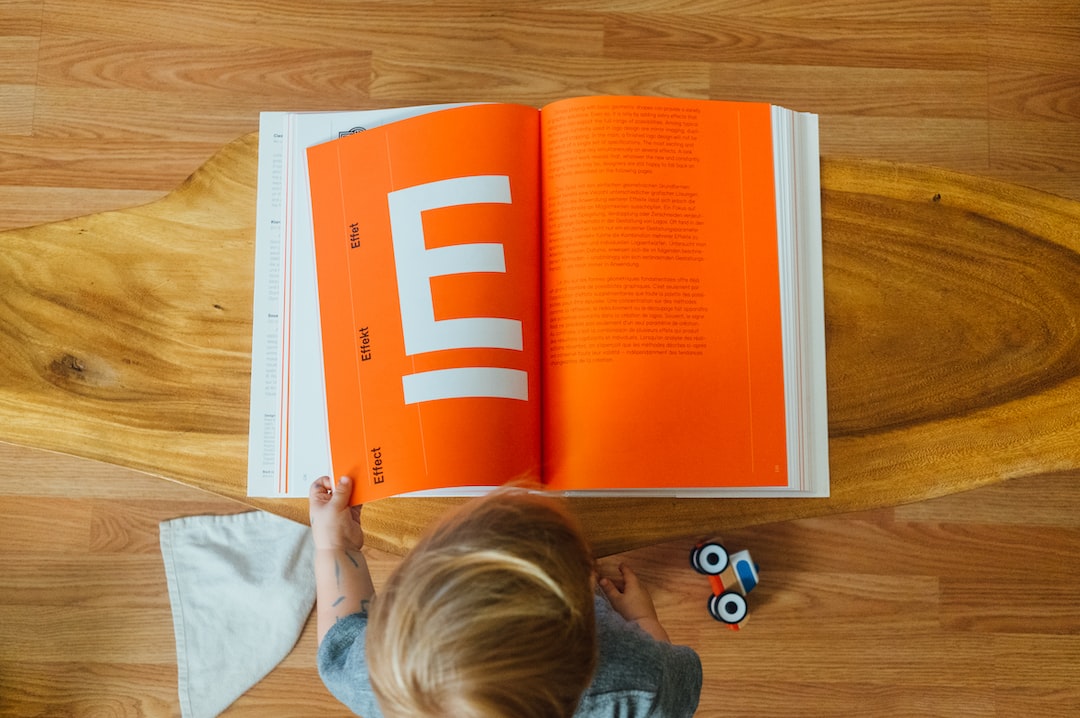The Impact of Social Media on Collaborative Learning
Collaborative learning has long been recognized as an effective way to enhance student engagement, promote critical thinking, and foster a sense of community in educational settings. Traditional methods of collaboration, such as group projects and discussions, have proven to be valuable for student learning. However, with the advent and rapid expansion of social media platforms, collaborative learning has taken on a whole new dimension.
Social media has revolutionized the way we communicate and connect with others, and this impact is particularly noticeable in the field of education. Platforms such as Facebook, Twitter, and Instagram have transformed education by enabling students and educators to collaborate beyond the confines of the classroom. Here are some of the key ways in which social media has influenced collaborative learning:
1. Breaking Down Geographical Barriers: With social media, geographical constraints are no longer a hindrance to collaboration. Students can communicate and collaborate with peers from different countries or even continents effortlessly. This allows for a diverse range of perspectives and promotes a global outlook among students.
2. Enhancing Communication and Information Sharing: Social media platforms provide students with an easy-to-use interface to communicate and share information. Discussion boards, private messaging, and group chats on platforms like WhatsApp and Slack facilitate quick and efficient communication, ensuring that collaborative projects progress smoothly.
3. Encouraging Active Participation: Traditional face-to-face collaboration can be daunting for introverted students who may find it challenging to express their opinions in a large group setting. Social media platforms provide a more comfortable environment for shy students to actively participate and contribute to collaborative learning activities.
4. Fostering Peer Learning: Social media encourages a sense of peer-to-peer learning, with students learning from and teaching each other. By sharing resources, ideas, and insights, students can create a collaborative learning experience outside the classroom, resulting in a more holistic and comprehensive understanding of the subject matter.
5. Promoting Continuous Collaboration: Social media platforms allow students to collaborate anytime, anywhere. This flexibility extends beyond the confines of traditional classroom hours, enabling students to work on projects and engage in discussions at their own pace, increasing the overall depth and quality of their learning.
6. Developing Digital Literacy Skills: As social media becomes increasingly integrated into our daily lives, proficiency in using these platforms is becoming an essential skill. By incorporating social media into collaborative learning, students develop valuable digital literacy skills, including navigating online platforms, evaluating online resources, and practicing responsible digital citizenship.
While the impact of social media on collaborative learning is generally positive, it is crucial to address certain challenges and potential risks that may arise. Some of these include:
1. Information Overload: With the vast amount of information available on social media, it can be overwhelming for students to filter through and identify reliable and relevant resources. Educators must guide students on how to critically evaluate information and discern credible sources.
2. Privacy and Security Concerns: Social media platforms often pose privacy and security risks, particularly when personal information is shared. Educators must educate students about privacy settings and responsible online behavior to ensure their safety.
3. Digital Divide: Access to social media platforms might not be equal for all students. Some may lack devices or reliable internet connection, limiting their ability to fully participate in collaborative learning opportunities. Educators need to be mindful of these disparities and provide alternative means of collaboration for those without access.
In conclusion, social media has undoubtedly had a profound impact on collaborative learning. It has broken down geographical barriers, enhanced communication and information sharing, encouraged active participation, fostered peer learning, promoted continuous collaboration, and developed digital literacy skills. While challenges exist, educators can navigate them by providing guidance and ensuring equal opportunities for all students. By harnessing the power of social media, collaborative learning can be taken to new heights, preparing students to thrive in a digitally interconnected world.

